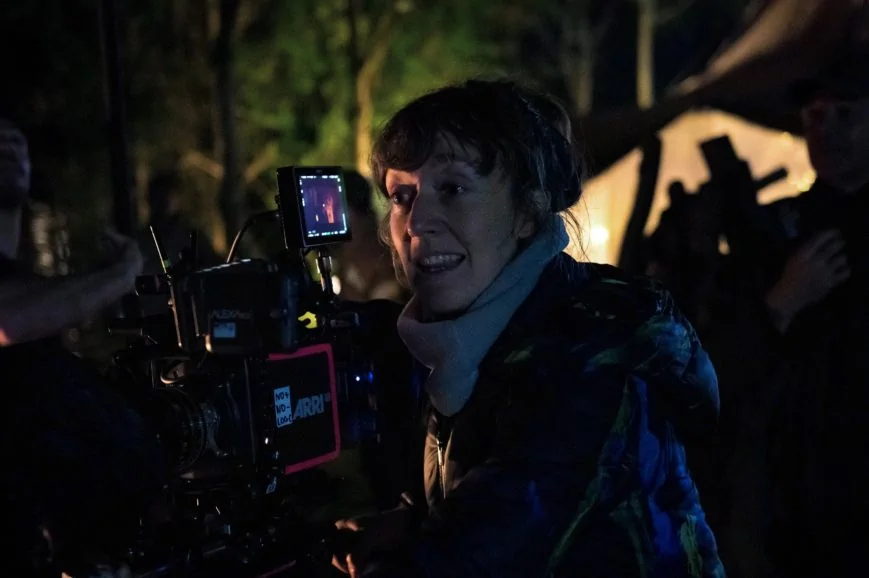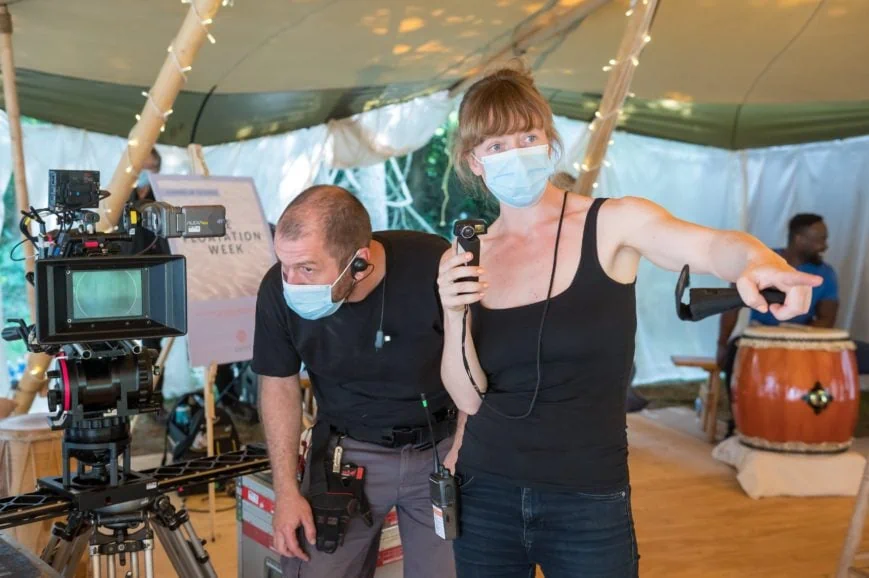
Overview: An avid believer in a self-help community invites his recently bereaved friend to a healing weekend to help deal with the grief, only to realise he might be the one who needs help.
What were your initial discussions about the visual approach for the film? What look and mood were you trying to achieve?
The first thing director B. Welby and I spoke about was that performance would always take priority over anything else. Our main focus was always to create an environment for the actors to be able to give their strongest performances.
We decided to take a very natural visual approach to the film to aid in doing so, but also as we were keen on subtlety in this film. One of the things we discussed was for the atmosphere to slowly but surely become less comfortable as the film progressed.
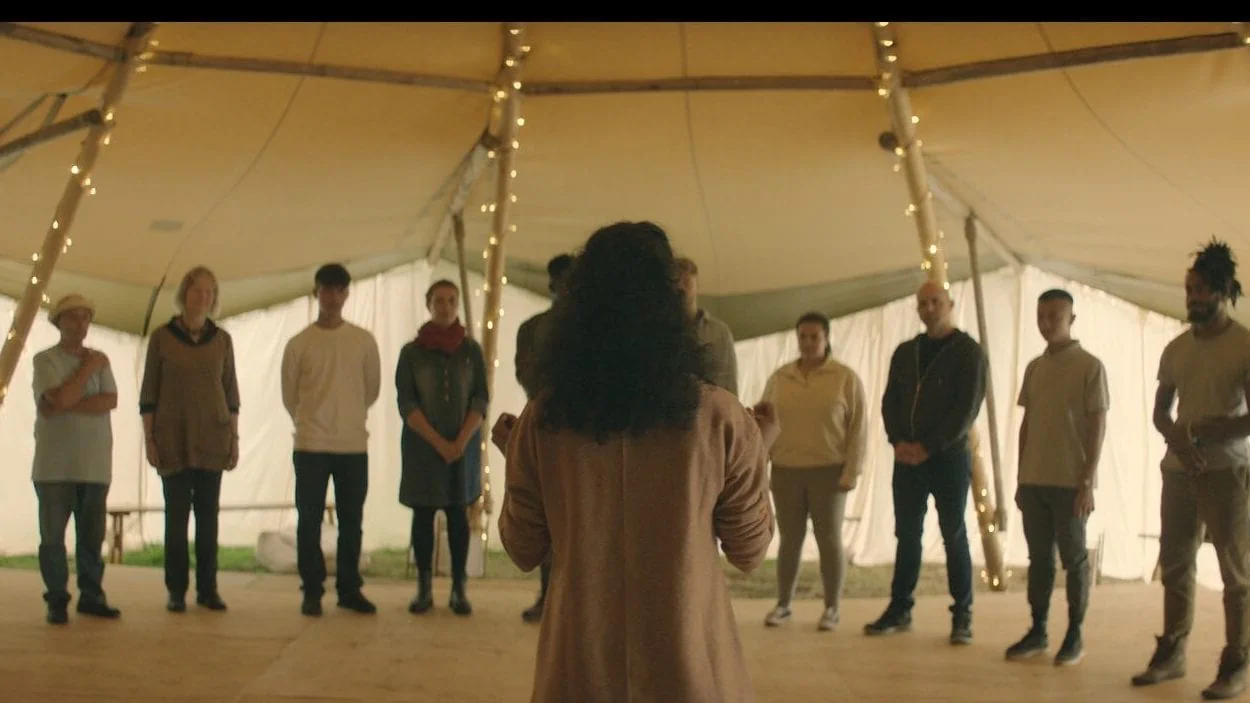
What were your creative references and inspirations? Which films, still photography or paintings were you influenced by?
I tend to make mood boards on Pinterest when I prepare for a film. For Breakable I ended up with some images from Mommy for scenes in the self-help sessions that take place in a large tent, as well as for daytime scenes that take place in the caravan where our main characters Seb and Markie stay during their weekend. I found myself having quite a large mix of sources that the images came from, but another one that came back a few times was the family scenes in Tree of Life. Furthermore we looked at photography of cult-like settings. Often B felt that these photographs brought us back in time too much, as she was keen to make sure we really grounded the film in present day.
These mood boards of course tend to be more of a soft springboard for the final look of the film, rather than a very strict guide.
What filming locations were used? Were any sets constructed? Did any of the locations present any challenges?
We managed to get a great location not too far from Oxford that had the exact feel we were looking for of the place. It was a holiday resort that had some fields that sometimes actually get used for self-help events as well as other events. We shot everything in the one location, apart from the weekend that we had to get out for a fairy weekend that was taking place in the field! Those days we pre-lit and shot our night time caravan interiors in a studio at the NFTS.
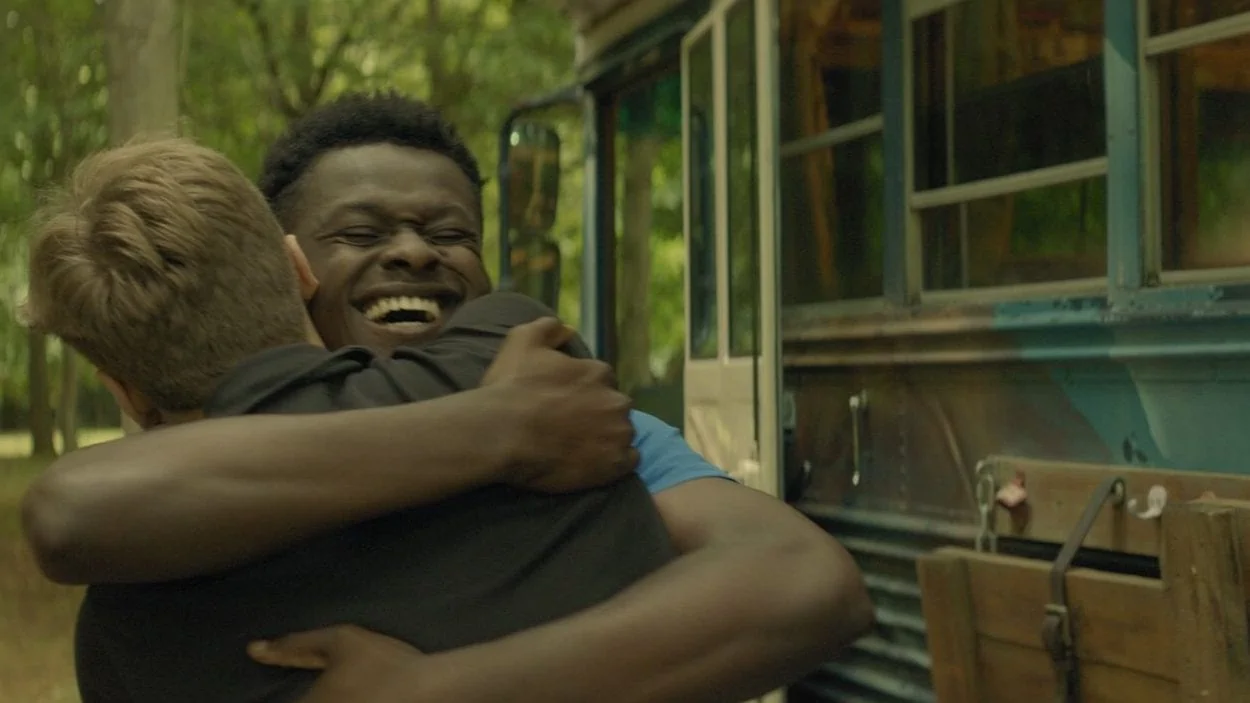
Can you explain your choice of camera and lenses and what made them suitable for this production and the look you were trying to achieve?
Originally I was very keen to shoot this story on film as I felt it would suit the atmosphere of the film and the ‘tactile’ character. However, after some conversations about pros and cons for digital and film B and I decided to go digital in the end to be more free with how many takes we could do with our actors and continuous rolling on crowds.
What was your approach to lighting the film? Which was the most difficult scene to light?
When it came to lighting, my gaffer Antonis Tsiakos and I always tried to keep everything mostly coming from outside when it came to the tent and caravan interiors. The idea was to keep the space as uninterrupted as we could, and always to enhance natural light. For our daytime scenes we used mostly used HMIs through diff frames and extra softened by Thomas Huber’s (production designer) lovely creamy tent fabrics.
Our fire scenes were mostly lit by the fire itself, although off course helped by some bits of magic from the lighting team!
The hardest scenes to light were absolutely the nighttime interiors in the caravan. The caravan was very very small and had incredibly low windows. So especially when the characters were standing and even more when they were meant to have the lights off, I was scratching myself on the head a bit as to how to get any light on their faces at all! Although I don’t feel too bad about some interesting low-light moments in the film that came out of these head scratchers.
What role did camera movement, composition and framing and colour play in the visual storytelling?
The aim of our framing and camera movement in the film was to increase tension as the film progressed. We chose very specific moments to frame our characters centrally when there was high tension. Then during a scene in the build up to the climax of the film our character Seb is being questioned by the leader of the camp as one of the self-help exercises in the centre of a circle of camp participants. She pushes him uncomfortably to dig deep into his trauma. At this point we very slowly push in as well as take Seb from centre framed to pushing him more and more towards the short side of frame. The language B and I always aimed to use was that of a barely visible slow creeping serpent when it came to the scenes inside the tent. Whereas scenes of the two boys together were mostly handheld and more wild and instinctive.
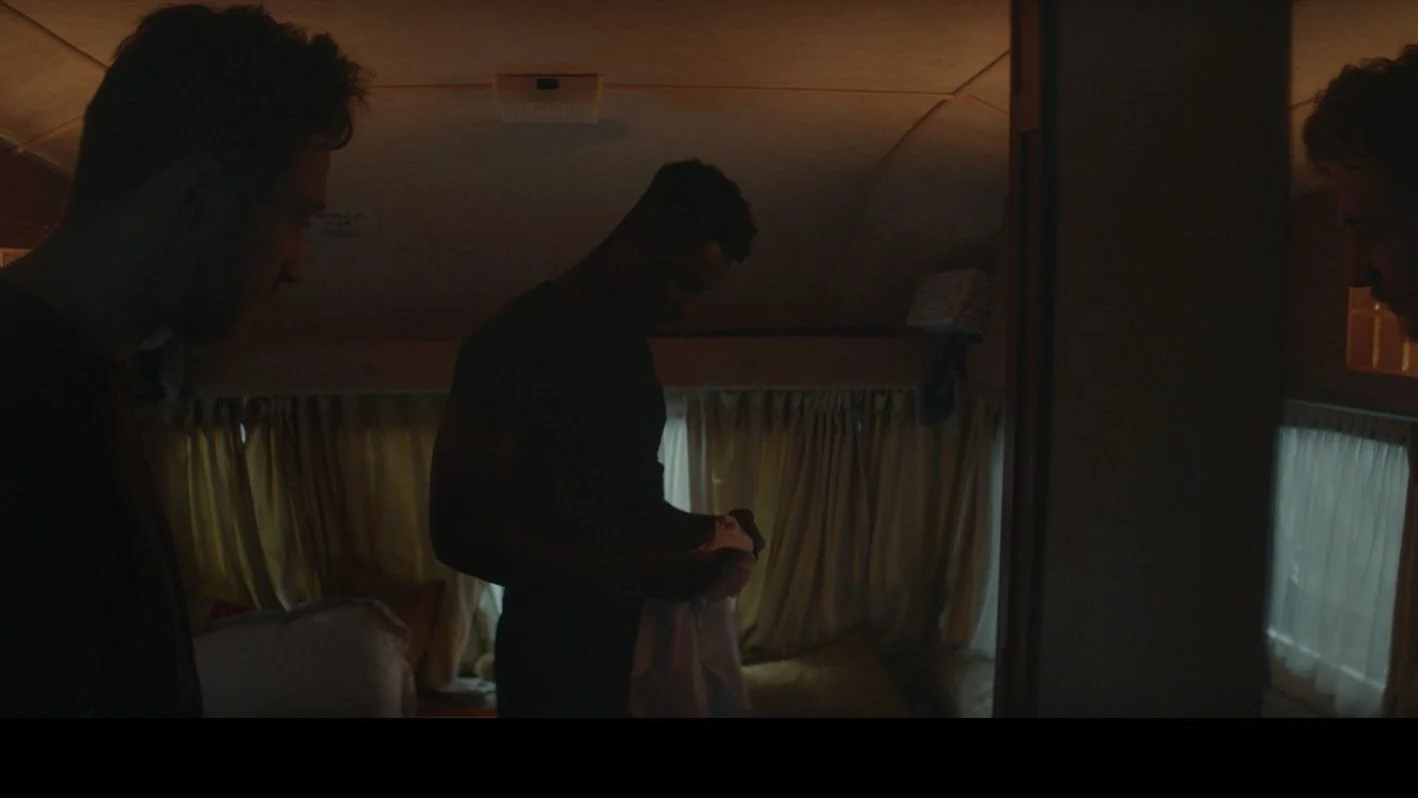
What were you trying to achieve in the grade?
It was lovely to work with the wonderful Jongheon Lee on the grade of Breakable. We worked on making the scenes inside the large tent, where the uncomfortable self-help exercises take place, as monochromatic as possible, to make it feel like a bath of vanilla. We always tried to keep the film as natural looking as possible, not pushing the grade too much. We aimed for a slow transition from generally warmer tint to slightly cooler tones as the friends get more friction between them throughout the film.
Which elements of the film were most challenging to shoot and how did you overcome those obstacles?
I would say that the size and shape of the caravan was probably the most challenging element of the film for me. On top of that, some of these nighttime interiors I mentioned before were some of the more intense scenes for our actors Aston McAuley (Seb) and Denzel Baidoo (Markie). So the pressure was on that day for my camera and lighting team to works fast as we could to give as much time and space for B, Aston and Denzel to work on those scenes.
The solution for most of my problems honestly though was that we just had the most incredible, hardworking and positive attitude team I could’ve wished for. Plus I was lucky enough to have quite a few of my sparks be incredibly talented DP’s themselves who jumped on board and helped come up with some great little tricks.
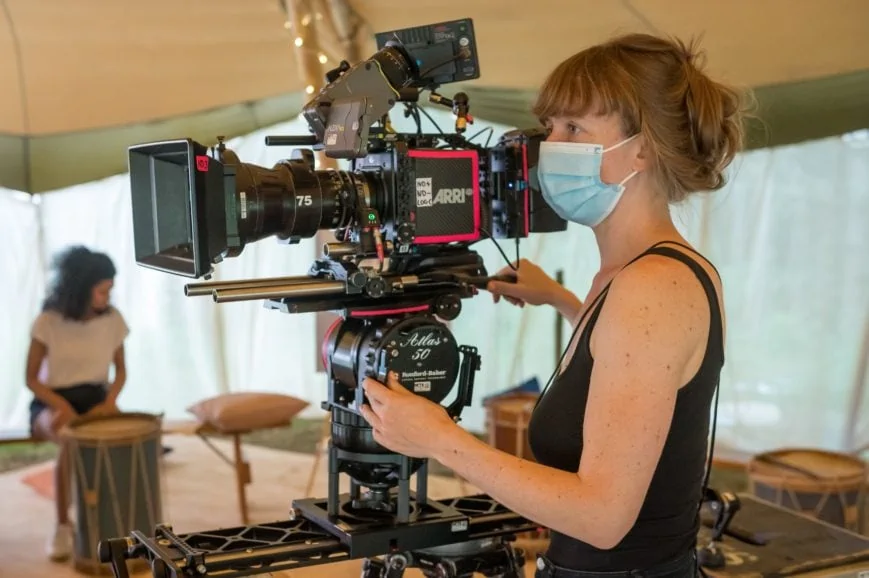
What was your proudest moment throughout the production process or which scene/shot are you most proud of?
I think I am the most proud of how much fun we managed to have whilst still making a kick-ass film! Although if you’re asking me to be more specific I would probably say that there’s a shot of Seb (Aston McAuley) at night in the caravan, after the light was turned off where he faces away from
Markie. There’s some moonlight on his face through some net curtains, and I honestly just love that shot!
What lessons did you learn from this production you will take with you onto future productions?
Always test your net curtains on beforehand! Thomas (designer) and I spoke about different options of curtains for the caravan on beforehand and I thought I picked ones that would help the light, but they ended up pinging a lot more than I expected, so I had to really fight the balance between the brightness of the windows versus enough light on actors faces. Will definitely do some curtain tests on the next film!
